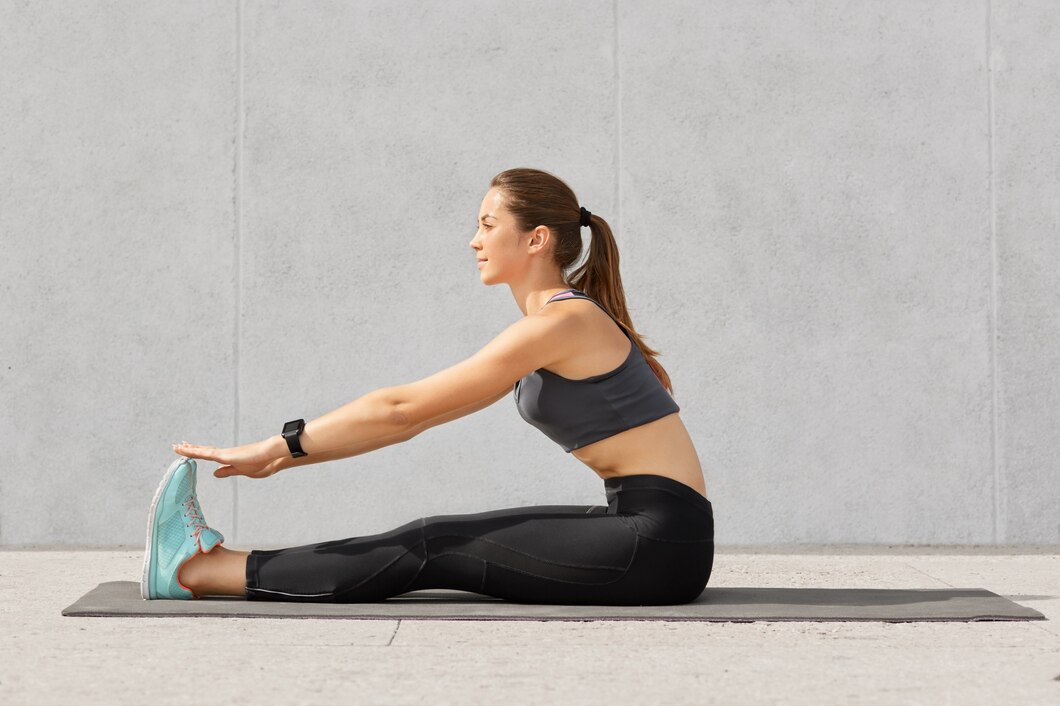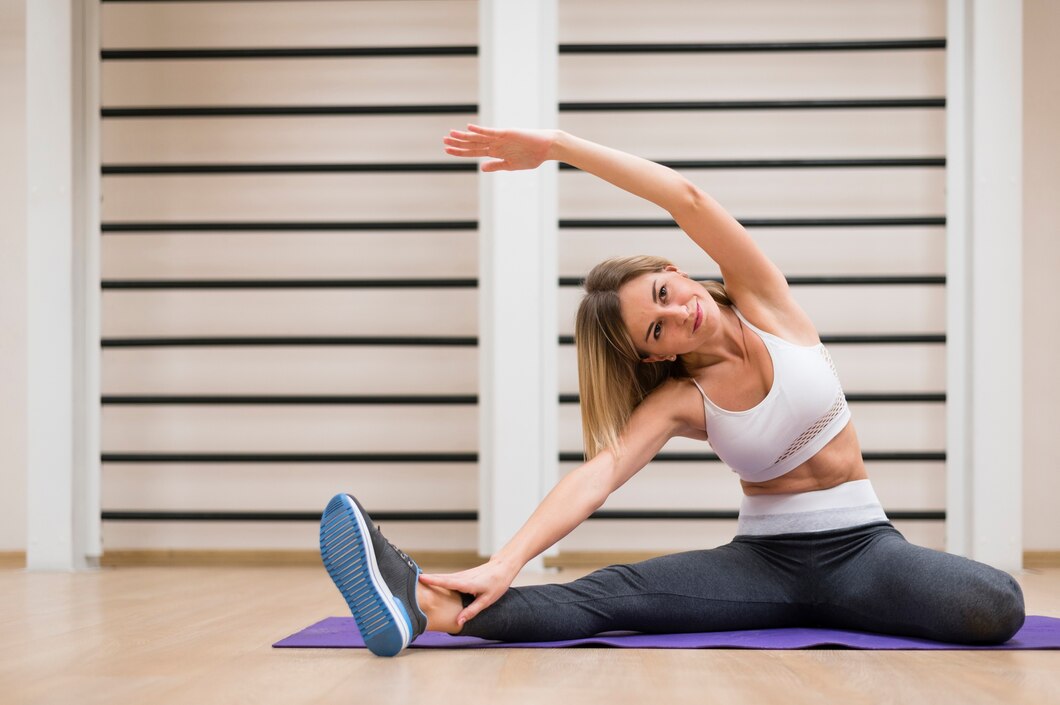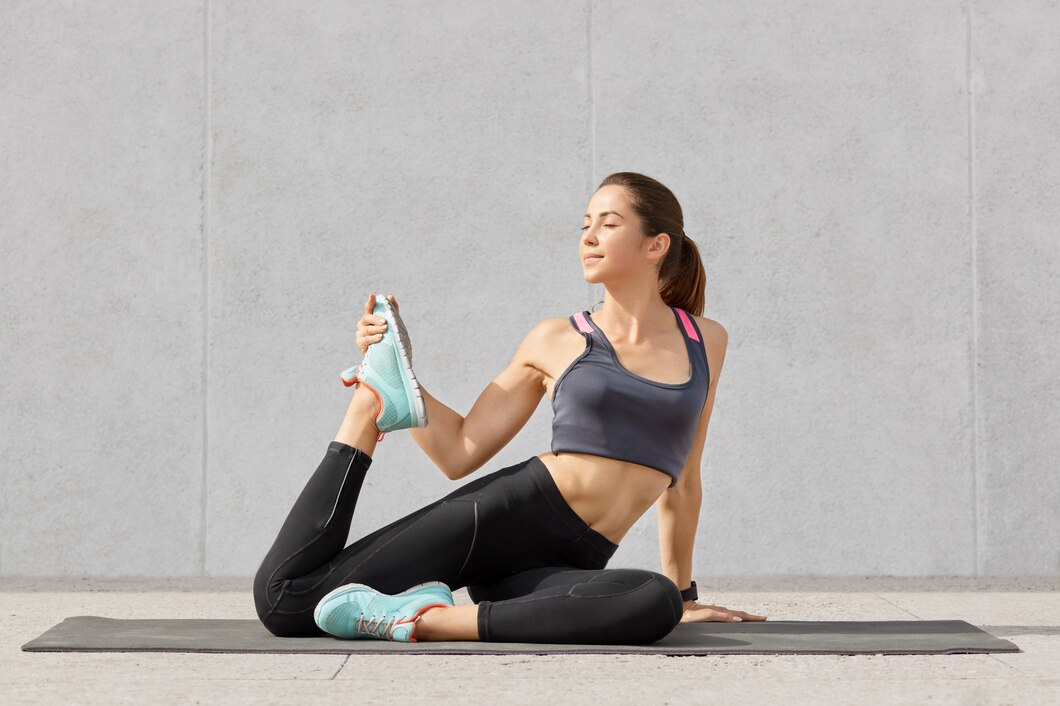Why Stretching is Essential for Overall Health & Mobility
Many people overlook stretching, but it is crucial for health and mobility. No matter if you’re an athlete, office worker, or senior, adding daily mobility exercises to your routine can boost flexibility, reduce stiffness, and enhance well-being. The benefits of stretching include better circulation, posture, and injury prevention. In the UK, many lead sedentary lives

Many people overlook stretching, but it is crucial for health and mobility. No matter if you’re an athlete, office worker, or senior, adding daily mobility exercises to your routine can boost flexibility, reduce stiffness, and enhance well-being. The benefits of stretching include better circulation, posture, and injury prevention.
In the UK, many lead sedentary lives due to desk jobs and long commutes. Stretching can be an easy solution to improve health. Often, people only stretch when they feel pain or stiffness. However, regular stretching can prevent discomfort and enhance long-term mobility. This guide covers why stretching matters, the best daily mobility exercises, and how to improve flexibility through consistent practice.
The Science Behind Stretching
Stretching helps make muscles and soft tissues more elastic. It boosts blood flow, eases tension, and increases joint motion. Over time, inactivity, age, or repetitive movements can tighten muscles and connective tissues. Regular stretching helps counter these effects and keeps the body mobile.
How Stretching Affects the Body
- Muscle Flexibility: Stretching lengthens muscle fibres, preventing stiffness and improving movement.
- Joint Mobility: Daily mobility exercises keep joints lubricated, lowering the risk of arthritis and pain.
- Circulatory Benefits: Stretching promotes blood circulation, ensuring muscles get enough oxygen and nutrients.
- Neurological Benefits: Stretching calms the nervous system, reducing stress and anxiety.
- Enhanced Recovery: Stretching after exercise helps clear lactic acid, easing soreness and speeding recovery.

Key Stretching Benefits
1. Improved Flexibility and Range of Motion
A key benefit of stretching is improved flexibility. Better flexibility leads to efficient movement, reducing strain on muscles and joints. This is especially helpful for:
- Athletes aim to boost performance and avoid injuries.
- Office workers deal with stiffness from long sitting.
- Seniors want to keep their independence and mobility.
Flexibility takes time to build. Consistent stretching daily or several times a week leads to gradual improvements.
2. Injury Prevention and Pain Reduction
Daily mobility exercises can help prevent injuries by keeping muscles balanced. Stretching helps by:
- Reducing muscle tightness that can cause strains or sprains.
- Improving muscle coordination and lowering fall risks.
- Alleviating back and neck pain from poor posture.
- Minimising repetitive strain injuries (RSI) in office workers.
For athletes, stretching before and after exercise lowers the risk of injuries like hamstring pulls and calf muscle tears.
3. Enhanced Posture and Alignment
Poor posture is common for those who sit at desks for long hours. Adding stretching to your routine can:
- Ease tension in the back, shoulders, and neck.
- Promote proper spinal alignment.
- Combat the effects of long sitting.
- Strengthen core muscles, essential for good posture.
4. Stress Reduction and Mental Well-being
Stretching benefits mental health too. Practicing daily mobility exercises can:
- Activate the parasympathetic nervous system for relaxation.
- Lower cortisol levels, helping manage stress.
- Boost focus and mental clarity, making it great for mindfulness.
- Encourage deep breathing, promoting mental relaxation.
Many in the UK face work-related stress, making stretching a simple way to unwind.

Types of Stretching for Maximum Benefits
Knowing different types of stretching can help maximise results. Each type serves a purpose and fits various fitness levels.
1. Static Stretching
This type involves holding a stretch for 20-30 seconds. It’s perfect for post-workout recovery. Examples include:
- Hamstring stretch (relieves lower back pain)
- Shoulder stretch (reduces upper body tension)
- Quadriceps stretch (enhances knee flexibility)
2. Dynamic Stretching
Dynamic stretches are movement-based and prepare muscles for activity. Examples include:
- Leg swings (improves hip mobility)
- Arm circles (loosens shoulders)
- Lunges with a twist (boosts spinal flexibility)
3. Proprioceptive Neuromuscular Facilitation (PNF) Stretching
This advanced technique involves contracting and relaxing muscles to deepen the stretch. It’s often used by athletes and physiotherapists and improves flexibility quickly.
4. Active Isolated Stretching (AIS)
AIS involves holding a stretch for a few seconds before releasing and repeating. It’s great for improving the range of motion and preventing stiffness.
How to Incorporate Stretching into Your Daily Routine
To enjoy all the stretching benefits, consistency is key. Here are some tips to fit stretching into your daily life:
- Set a Reminder: Schedule short breaks for stretching.
- Combine with Other Activities: Stretch while watching TV or listening to a podcast.
- Make It Enjoyable: Try yoga or Tai Chi for variety.
- Listen to Your Body: Avoid overstretching and progress slowly.
- Warm Up Before Stretching: Stretching cold muscles can lead to injury, so warm up first.

Conclusion
Adding stretching benefits to your daily routine is vital for your well-being. Through daily mobility exercises or flexibility techniques, stretching enhances physical health, prevents injuries, and improves mental well-being.
In the UK, where many lead sedentary lifestyles, stretching is an easy way to stay active. By making it a habit, you’ll enjoy better posture, less pain, and improved movement, leading to a healthier, more active life.
Why not start today? Begin with a few simple stretches, build a routine, and reap the lifelong rewards of improved flexibility and mobility.